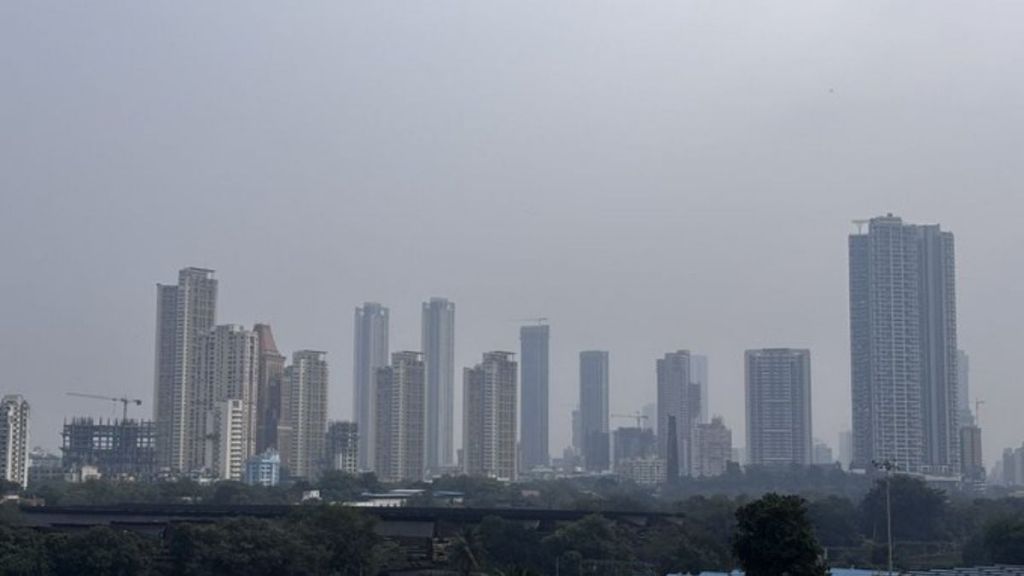
Mumbai: The found itself shrouded in a layer of haze on Thursday, which blurred its skyline despite reports of 'good' air quality, indicated by an Air Quality Index (AQI) reading of 80. This unusual atmospheric condition prompted a statement from the Brihanmumbai Municipal Corporation (BMC), explaining the cause of the fog-like situation.
Why has #Mumbai become a Gas Chamber? ️
— Aditya Yadav (@_adit14_) October 17, 2024
Is it going to rain anytime soon and help clear this smog off? @rushikesh_agre_ @s_r_khandelwal @IndiaWeatherMan pic.twitter.com/EPfMjaVnzu
Ye mere sheher ko hua kyaa #Mumbai #smog pic.twitter.com/qRduuvJg0f
— Aarjun (@aajkaaaarjun) October 17, 2024
According to the BMC, the haze resulted from a meteorological phenomenon known as 'Thermal Inversion.' This occurs when the air at ground level becomes cooler than the air above it. During winter, lower temperatures contribute to moisture or dew forming in the air, which then mixes with dust and particles generated by vehicle emissions, industrial activity, and construction work.
#Statement @MoHFW_INDIA@moefcc https://t.co/5nKjSpMZF4 pic.twitter.com/NbTncY4r9D
— माझी Mumbai, आपली BMC (@mybmc) October 17, 2024
What Has Caused The Hazy Effect?
The BMC explained that the presence of dew particles, combined with pollutants, causes the lower layer of air to sink further, trapping these particles near the ground. The upper layer, being warmer, prevents these particles from rising and dispersing, creating a foggy or hazy effect known as smog.
Thermal Inversion also limits the penetration of sunlight, reducing visibility. Despite clear skies without cloud cover, the sun’s rays cannot reach the ground as intensely, contributing further to the atmospheric obscurity. The phenomenon is more commonly observed in winter when temperature drops and the sea breeze slows down, causing dust and pollutants to accumulate and linger in the air for longer durations.
Guidelines Issued For Construction Sites To Tackle Pollution
Amid concerns over rising pollution levels, the BMC has revised its guidelines for construction sites to curb dust and particle pollution. The civic body has announced the formation of squads at the ward level to inspect construction activities and take immediate action against any violations of the revised guidelines.
Furthermore, sensor-based air pollution monitoring systems will be installed at construction sites to track pollution levels in real-time, ensuring prompt action when pollution exceeds acceptable limits.